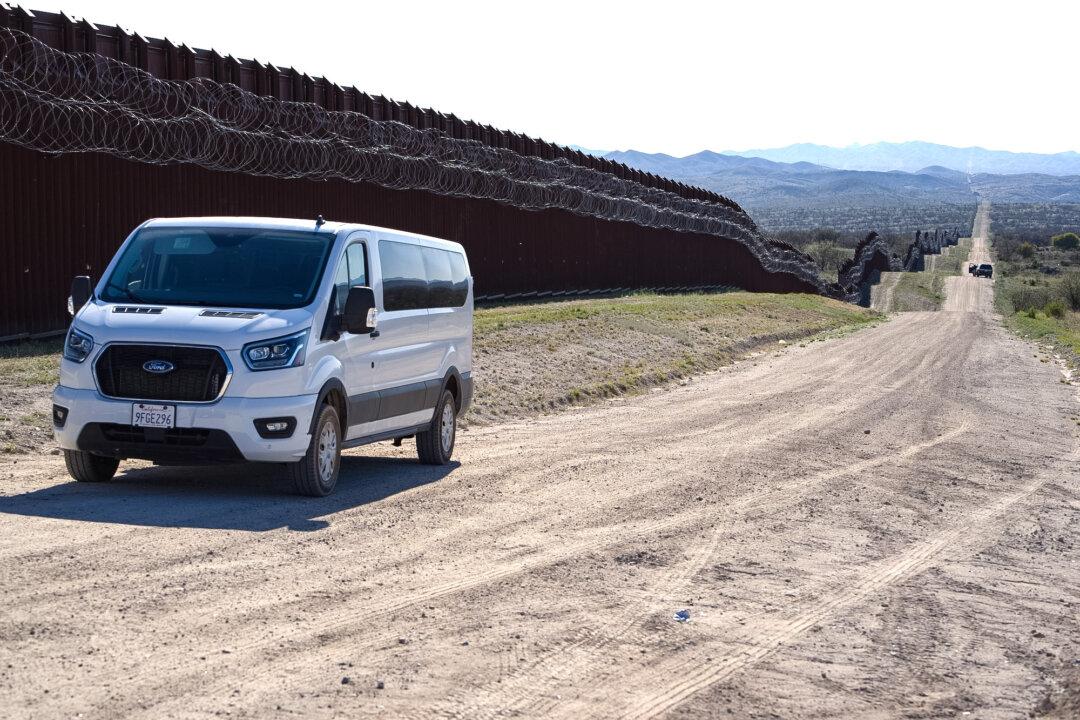Monday, Nov. 28, 2011
THEN
Nov. 28, 1520, Portuguese voyager Ferdinand Magellan and his fleet of three ships become the first Europeans to navigate the strait that cuts the southern tip of South America. Magellan names it the Strait of All Saints but it eventually comes to be known as the Strait of Magellan. The ships reach the Pacific Ocean after journeying across the Atlantic Ocean from Spain where Magellan has received generous funding for his expedition from the young King Charles I of Spain. Magellan’s mission is to find the Indonesian Spice Islands and bring shiploads of prized spices back to Europe. Magellan drastically underestimates the size of the Pacific Ocean and he and his crew nearly starve when they run out of food during the crossing. Finally they reach the Island of Guam but before he can successfully circumnavigate the globe, Magellan is killed in a tribal war on an island in the Philippines. Eventually one Magellan’s ships laden with the valuable spices reaches Spain, after successfully circumnavigating the globe.
NOW
Earlier this month, after more than 500 years since Magellan’s historic journey, a team of scientists from a company called Liquid Robots, set out to break the record for nautical miles traveled by an unmanned sea vessel. The scientists have launched four Wave Glider drones, which look like surfboards with solar panels, connected by a cable to an underwater glider that allows them to cut through the water using the energy of the waves. The solar panels give the drones the energy to relay ocean data back to scientists. The robots set off from San Francisco Nov. 18 and are slated to cross the Pacific Ocean in a trip that is predicted to take more than 300 days. If they succeed in making the journey of 33,000 nautical miles, their voyage will go into the Guinness Book of World Records as the longest unmanned sea voyage. The drones are all headed for Hawaii where they will split up with one pair continuing to Japan and the other pair continuing to Australia.



